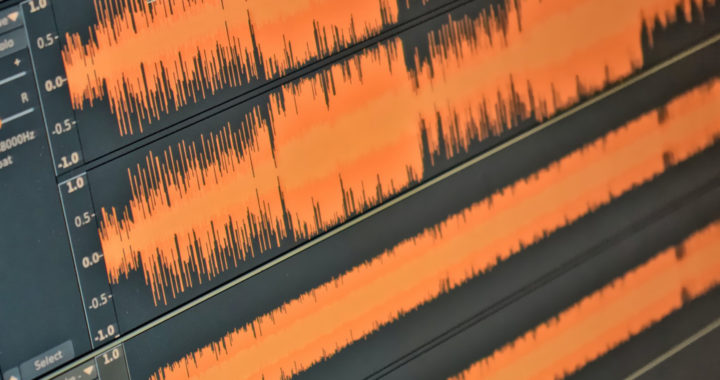IBM and Microsoft collaborated to develop an audio file format standard for storing an audio bitstream for personal computers. The result of this partnership was the introduction of the Waveform Audio File Format or WAV in 1991.
WAV is specifically an uncompressed audio file format that has become the default and main format used in the Windows operating system. Files based on this format are also based on the more specific Resource Interchange File Format or RIFF standard.
RIFF is a particular container format that stores data in “chunks” to enable more efficient storage of large amounts of audio data. This mechanism produces an audio file with high bit depths, various sample rates, and noticeable high sound quality.
The Pros: Advantages of WAV Format
The main reason WAV was developed was to introduce a single standard format for audio files on personal computers. The specific goal was to replace older and less compatible formats such as the Mac-native AIFF and the Windows-restricted VOC and SND audio file formats.
Nevertheless, after its initial release, WAV gained a foothold with the expansion of the PC market and the eventual dominance of Microsoft Windows. It remains one of the most popular audio file formats because of its advantages and applications.
WAV has been used in numerous applications. It is one of the go-to standards for digitizing analog audio or archiving digital audio. It is also used in media production to include sound creation, audio editing and mixing, sound engineering, and audio-video editing.
Below are the specific advantages of Waveform audio file format and standard:
Lossless Audio File Standard: One of the advantages of WAV is that it is a lossless compression or an uncompressed audio file standard. This means that the produced audio files do not lose their original audio data.
Produces High-Quality Audio: The lossless compression translates further to high-quality sound reproduction. This audio file format stores digital audio data at high bit depths and various sample rates.
Compatibility and Universality: Note that the popularity of Microsoft Windows has made this audio file format popular. It is compatible with both the Windows and Mac operating systems and mainstream software programs.
Extensive Applications: Another advantage of WAV is its wide applications. It is ideal for digitizing audio and archiving uncompressed audio files. It is also suitable for music and media production where audio quality is crucial.
Suitable Source Audio File: Audio files based on this file format standard can be used as raw files or source files for reproducing copies of digital audio files using different encoding and compression standards.
The Cons: Disadvantages of WAV Format
Of course, while the aforementioned advantages of the Waveform Audio File Format make it one of the superior audio file formats in terms of quality and usability, it has notable disadvantages or drawbacks and limitations.
There are other audio file formats that are more suitable and practical under certain applications and specific use-case scenarios. The MP3 format and the AAC audio coding standard have specific applications. The same is true for the M4A format.
Below are the specific disadvantages of Waveform audio file format and standard:
• Large Size of Audio Files: One of the main disadvantages of WAV is its large file size due to its lossless and uncompressed nature. A single file can have 10 to 20 times the size of other file formats such as MP3 and M4A.
• Special Storage Requirement: Furthermore, because of its large file size, storing it requires using a storage medium with a large storage capacity. Compact discs and even cloud storage or USB flash drives are not ideal storage mediums.
• Unsuitable for Digital Distribution: Another disadvantage of WAV is that it is not suitable for digital distribution because of its large file size. Examples include selling digital music, music streaming, and podcasting.
• Key Compatibility Issues: It might be popular across desktop operating systems but it is not as universal as formats such as MP3. Some mobile operating systems might not provide support. The same is true for older car audio systems.
• Relativity of Audio Quality: Note that the quality of audio formatted using the Waveform Audio File Format still depends on several factors. These include the quality of the source file, the settings applied, and the encoder itself.
Pros of Other Formats: The M4A file format is a small-sized high-quality format that is applicable for editing because of its lossless characteristic. MP3 and AAC are suitable for audio content distribution because of their small size and high quality.





